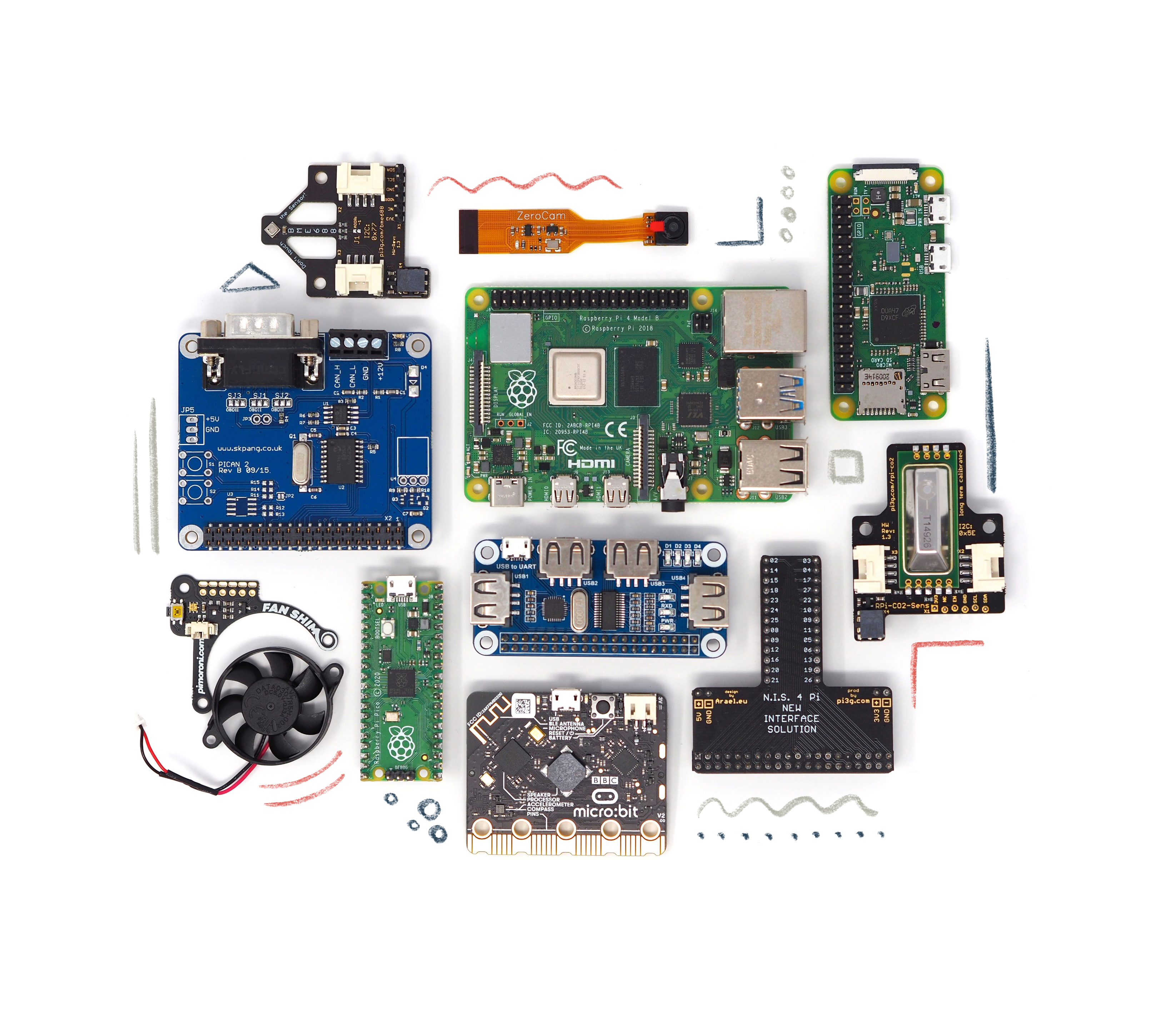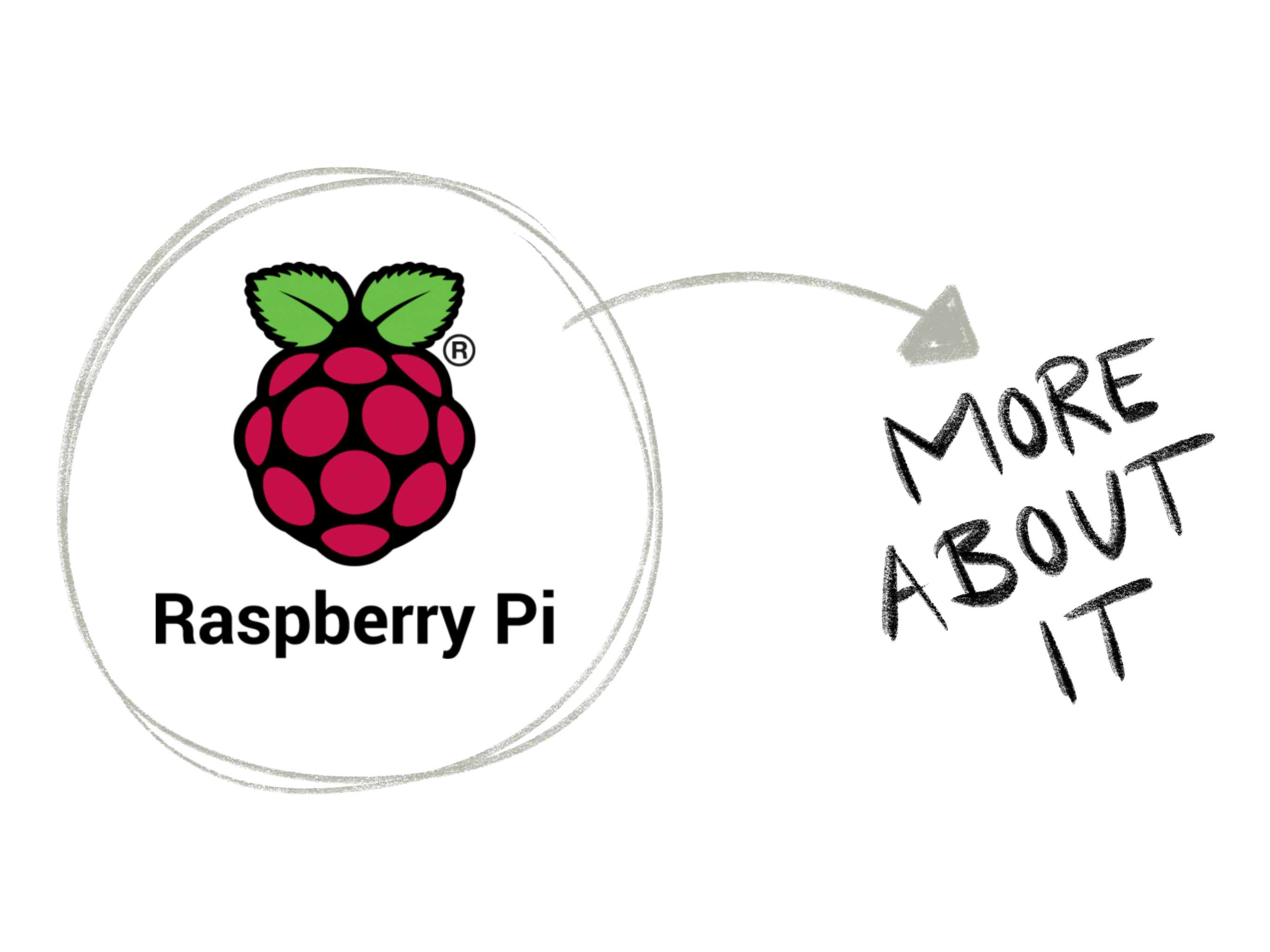the story behind pi3g
Back in 2012 the story of Maximilian and the Raspberry Pi started. He was excited when he got his first Pi and also saw the great potential for further development in it.
Then PiCockpit was born to make using and managing the Pi easier and more accessible for everyone.
Maximilian has always been interested in computers and believed that they are a lever to improve everything in the world - for example in medicine.
Over the years, Maximilian's work has grown and new fields of expertise have emerged...
working at pi3g


In our blog you can expect blog posts about technology and business topics, of course about the Raspberry Pi, but also a wide variety of topics related to Industrie 4.0, IoT, and machine learning - for example about the popular MQTT protocol, Python and Linux embedded development, and much more. Blog entries are not scheduled and not in particular order - the topics are an eclectic mix of what comes up in real life of a company engaged in machine learning & Raspberry Pi embedded adventures.
We are happy to write about special topics that are not so well-documented elsewhere.
If you have any suggestions, we are happy to discuss current topics with you and are always ready to brainstorm workable solutions with you.
Debugging File upload / multipart upload and other HTTP requests
Sometimes you want to see the request as it is received by the server, without any handling / obscuring of the original request. For instance, to see whether different browsers handle file uploads differently. On the other hand, you do not want to write up your own mockup server, just to handle these requests, or…
read moreLetsTrust TPM SLB 9670VQ2.0 or SLB 9670XQ2.0?
A customer approached us about the difference between SLB 9670VQ2.0 and SLB 9670XQ2.0. VQ has a standard temperature range of (-20 .. +85°C), and XQ is the enhanced temperature range version (-40 .. + 85°C). As the Raspberry Pi itself has a standard temperature range, we use the VQ version on the LetsTrust TPM.
read moreChanging the mountpoint on auth_on_register webhook for VerneMQ
It is possible to pass modifiers along with the “result”: “ok” return value of your webhook for VerneMQ. The official documentation of VerneMQ gives some examples for the syntax. changing the mountpoint It is also possible to change the mountpoint, however the client_id apparently has to be passed in as well! I have raised an…
read more



